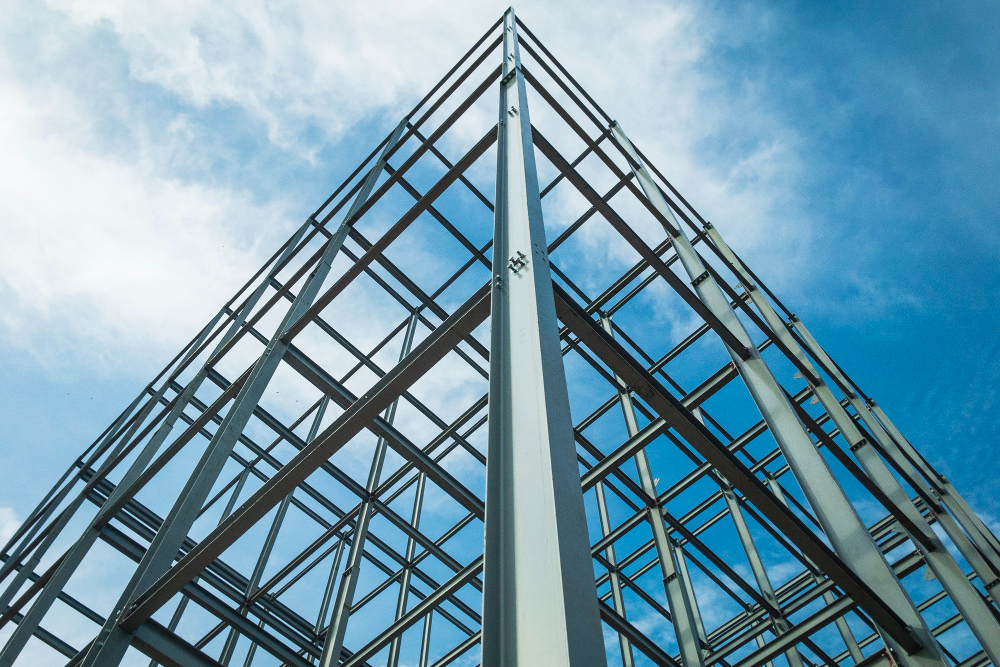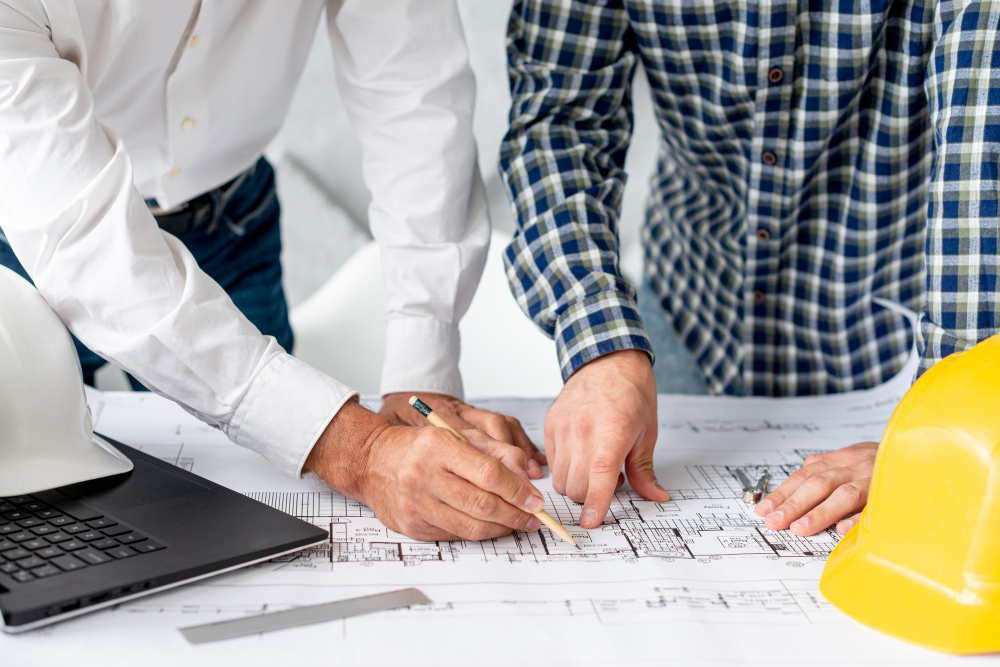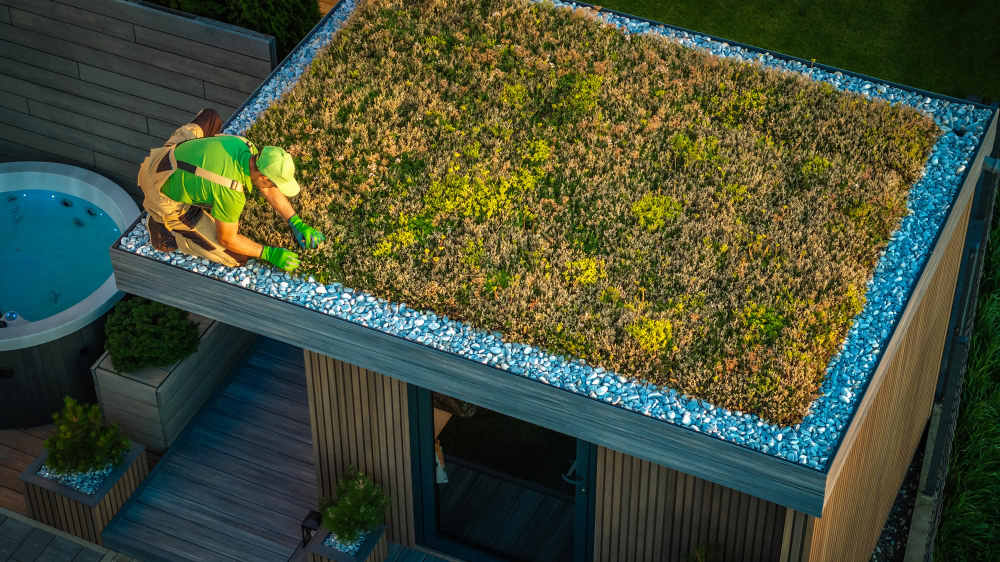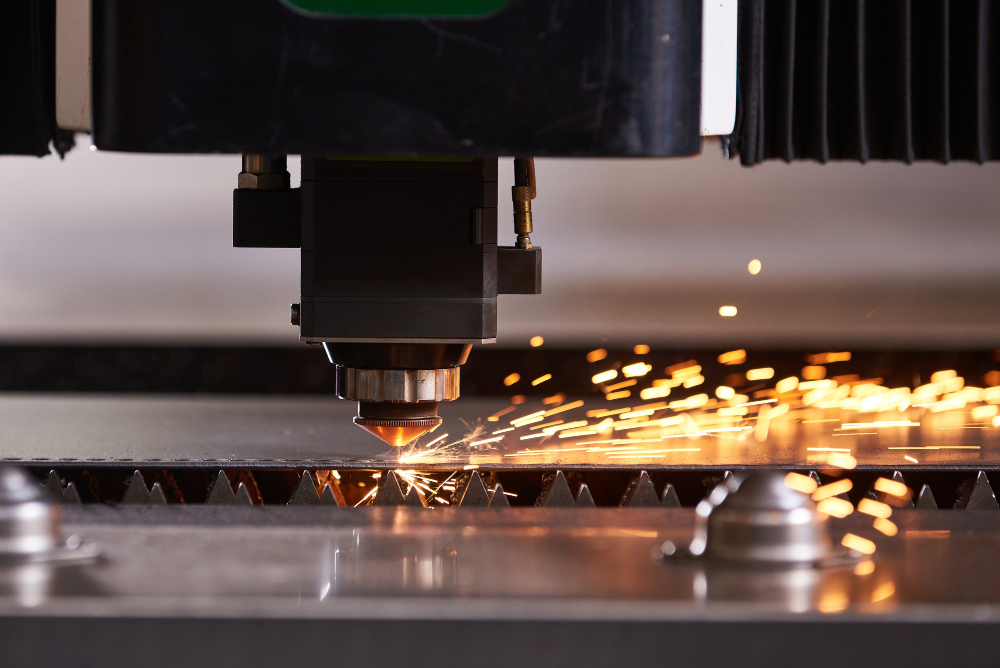Last updated on
Concrete, a versatile and lasting building material, has undergone transformative advancements in recent years, particularly in the realm of sustainable design. As environmental concerns intensify, architects and engineers are reimagining concrete walls to align with eco-friendly practices.
Here are some of the cutting-edge innovations in sustainable concrete wall designs, showcasing how these breakthroughs are reshaping the construction landscape.
Prefabrication and Modular Construction

Prefabrication and modular construction techniques have gained prominence in sustainable concrete wall design. These methods streamline the construction process, with precast concrete wall panels significantly cutting down on material waste and energy consumption.
Prefabricated concrete panels not only enhance efficiency but also offer versatility in design, allowing for greater architectural freedom.
Carbon Capture Technology
Carbon capture technology has emerged as a game-changer in the quest for sustainable concrete. Innovations in this field involve capturing carbon dioxide emissions produced during the concrete curing process.
By diverting these emissions away from the atmosphere, sustainable concrete walls contribute to mitigating climate change, making them a crucial component in the fight against global warming.
Smart Concrete Technology
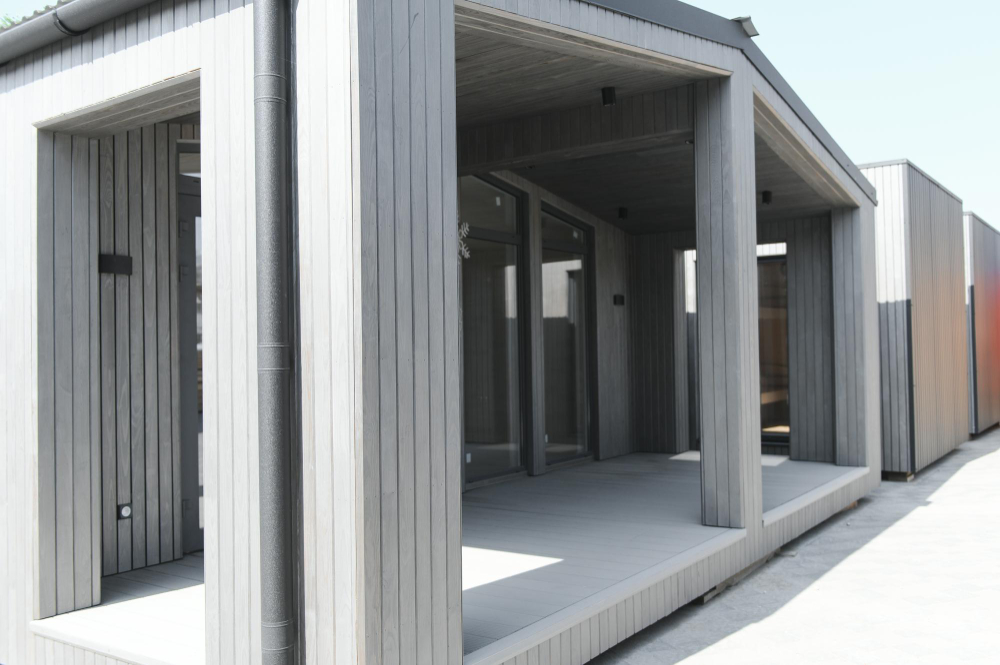
Smart concrete takes sustainability to a new level with embedded sensors and monitoring systems. These technologies enable real-time data collection on structural health, ensuring longevity and minimizing the need for repairs.
By optimizing performance and reducing resource consumption, smart concrete is revolutionizing the way we build and maintain structures.
Wireless Sensor Networks
Smart concrete employs wireless sensor networks that seamlessly integrate into the concrete structure. These sensors monitor factors such as temperature, moisture levels, and stress in real time. The data collected aids in the early detection of potential issues, allowing for proactive maintenance and minimizing the risk of structural failures.
Predictive Analytics
The integration of predictive analytics in smart concrete technology enables a more accurate assessment of a structure’s future performance. By analyzing the collected data, engineers can anticipate potential challenges and plan maintenance activities strategically.
This proactive approach not only saves costs but also contributes to sustainable construction practices by avoiding unnecessary repairs and replacements.
Vertical Gardens and Biodiversity Integration
Aesthetic and sustainable, the incorporation of vertical gardens into concrete walls brings a touch of nature to urban environments. These green walls contribute to improved air quality, energy efficiency, and biodiversity.
By seamlessly blending nature with infrastructure, sustainable concrete designs create visually appealing and environmentally conscious urban spaces.
Self-healing Concrete
The concept of self-healing concrete represents a groundbreaking innovation in durability. Microorganisms or encapsulated healing agents within the concrete matrix react to cracks, automatically repairing and maintaining structural integrity.
This self-repairing capability extends the lifespan of concrete walls, reducing the need for frequent replacements and minimizing resource consumption.
Advancements in sustainable concrete wall designs are at the forefront of a paradigm shift in the construction industry. From eco-friendly materials to self-healing capabilities, these innovations not only prioritize environmental conservation but also usher in a new era of resilience and efficiency.
As you witness the evolution of concrete walls, it’s evident that sustainability is not just a trend but a fundamental consideration shaping the future of construction. Embracing these advancements ensures that the structures we build today stand as testaments to responsible and forward-thinking architecture.
Related reading:
Table of Contents

